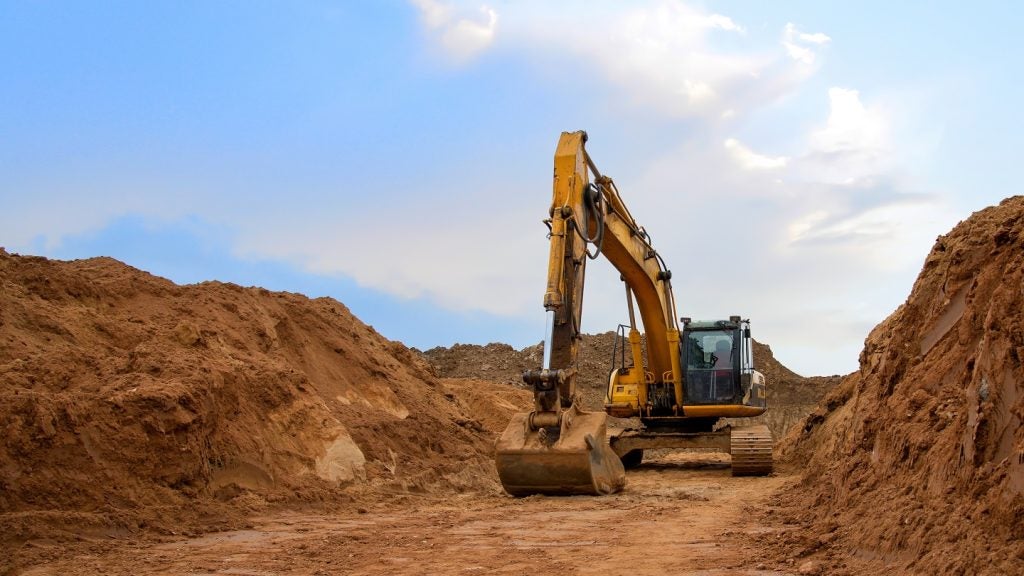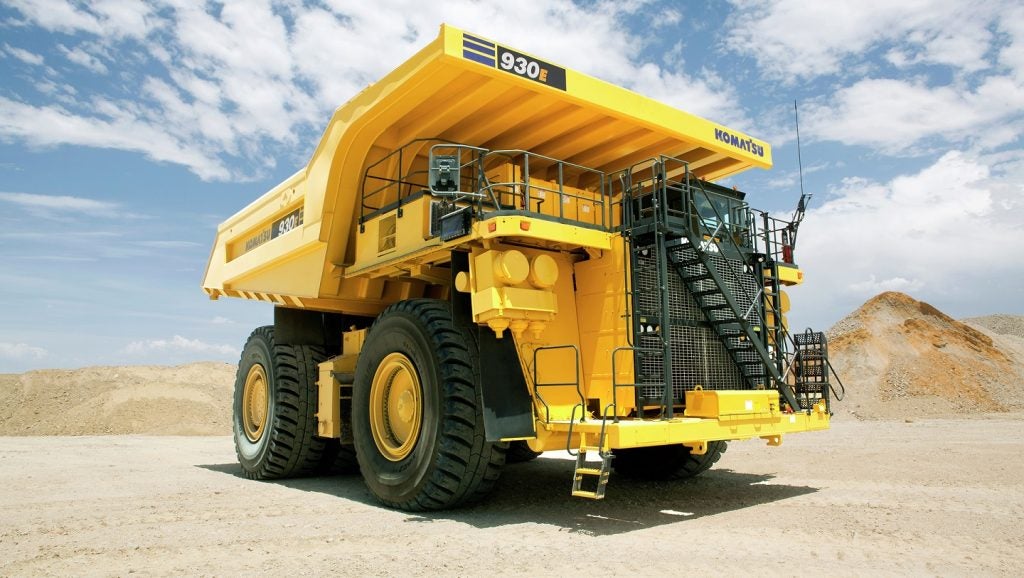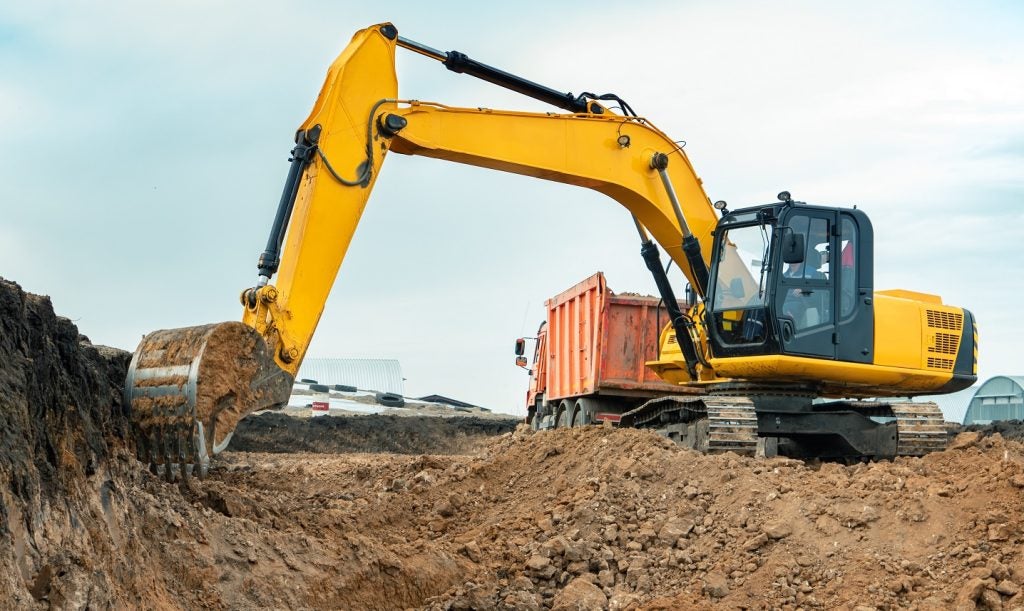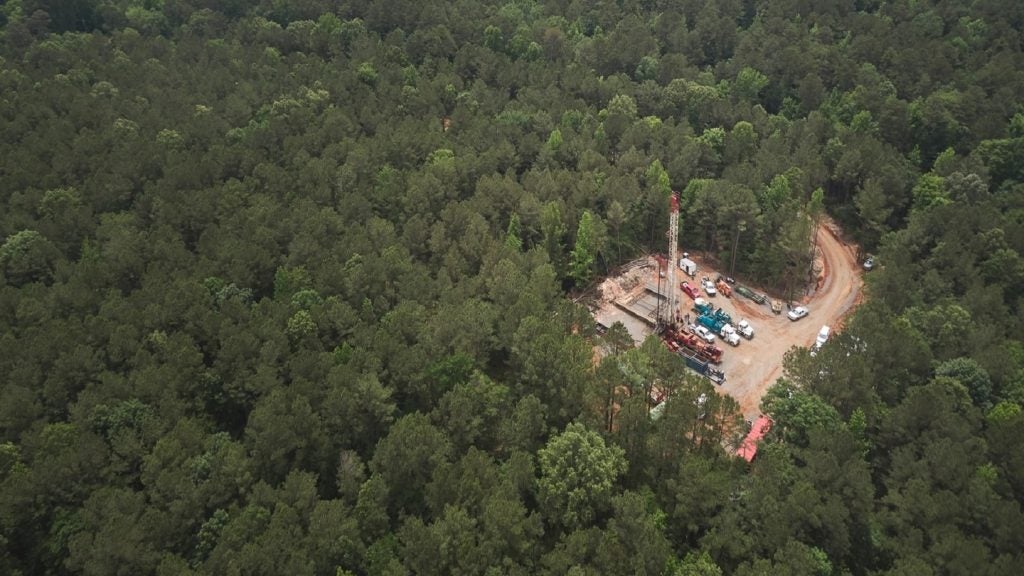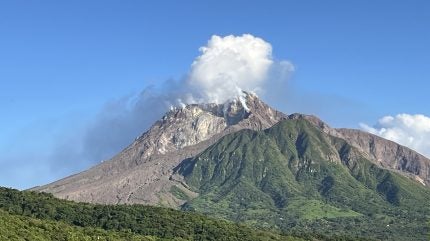
Discovering and accessing viable mineral resources remains a constant pressure across the mining sector, requiring time, money and technology. Even when these expenses are met, the industry is inescapably ‘dirty’, pulling natural resources from the Earth, and using energy-intensive technology to crush and refine ore.
The sector must find cleaner – and easier – answers to its problems if it is to keep up with the demand creating by the energy transition. One potential solution is becoming a hot topic: volcanoes.
Easier to identify, and with immediately available geothermal power, one research team believes that volcanoes might just crack mining’s problems (as well as the lithosphere).
The next hot topic: how mining volcanic brine could fuel the energy transition
The mining sector is facing a myriad of challenges, including productivity, cost control, ESG pressures, labour shortages and trouble-ridden supply chains. However, the industry is also inescapably essential to the energy transition, providing the metals needed for components in energy storage and transfer.
In particular, there is rising demand for battery commodities, including copper, lithium, cobalt, nickel and graphite. Yet identifying and accessing viable mineral resources remains the sector’s biggest challenge.
Based at the Oxford Martin School, Royal Society Research Professor Jon Blundy is confident that the answer to mining’s problems is bubbling somewhere between two and four kilometres beneath the earth’s surface – specifically, under volcanoes.
How well do you really know your competitors?
Access the most comprehensive Company Profiles on the market, powered by GlobalData. Save hours of research. Gain competitive edge.

Thank you!
Your download email will arrive shortly
Not ready to buy yet? Download a free sample
We are confident about the unique quality of our Company Profiles. However, we want you to make the most beneficial decision for your business, so we offer a free sample that you can download by submitting the below form
By GlobalData“It starts underground with some volatiles dissolved,” he explains. “As the magma rises, they come out of solution, and the bubbles actually drive volcanic eruptions. Under some circumstances, those bubbles don’t come out of the top – they get trapped underground. When there’s chlorine in the system, metals go into the fluid, and those metals can be trapped in this fluid underground.”
He explains that the magma travels upwards in a volcanic conduit until it reaches “a magic pressure”, at which point the fluid separates to form “a very salty component” known as a brine, which holds the metals worth mining.
The volcanic brine – which is around 10 times saltier than seawater – is denser, and gets left behind as the magma continues its journey to the surface. It spreads out laterally “to form something a bit like a doughnut”, known as a brine lens, which will contain base, alkali and even precious metals, including copper, zinc, lead, gold, silver and lithium. For mining companies, it could be a golden ticket.
Logistics beg a tricky question, however. Miners must drill a hole of two kilometres or more underneath a volcano, reaching temperatures of around 500°C. “It sounds like a pretty daunting prospect because it’s a very deep hole,” says Blundy. “We’re seeing hot rock, at great depth.”
However, he also points out that it’s not substantially different from the process of drilling hot rock for geothermal energy production. “To access the brine, we have to go a little bit deeper and a little bit hotter,” he says, noting that the technology itself has already existed for over 30 years. In fact, a team in Japan successfully drilled a 3.7 km deep hole to a temperature of 510 °C back in 1995.
The magnitude of magma: why mining volcanoes could ease the energy transition
Blundy is confident that logistics won’t be an obstacle. He points instead to the issue of need, and mining’s role in acquiring metals essential to the global energy transition. He thinks that magma could take up the mantel – literally.
It’s a point made by director of mining and construction at GlobalData, David Kurtz: “There is rising demand for battery commodities, and those required for the energy transition, such as copper, lithium, cobalt, nickel and graphite… Generally, demand is considered to be outpacing supply, despite a recent dip in growth for electric vehicles.”
Exemplifying the shortfall, he points to predictions around lithium: 513 kilotonnes are expected to be produced in 2030, whilst the net zero scenario from the International Energy Agency indicates a demand of 717 kilotonnes. Lithium will prove to be essential, as energy storage technology currently depends primarily on lithium-ion batteries.
Currently, lithium is largely mined in Australia, which has an estimated 45% share of the market, according to Kurtz. He notes that it is followed by Chile and Argentina, which together comprise around 35% of the global production, yet warns that the global face of lithium production will change within the decade.
“China and Brazil also contribute small shares, while there are several countries that are developing lithium mining operations including Zimbabwe, Canada, the US and Bolivia. By 2030, Australia is forecast to account for 30% and Argentina and Chile combined for 25% as other countries increase their output.”
There is a clear need for metals essential to the transition, yet the harmful emissions associated with traditional mining make the acquisition of these materials somewhat counterproductive. The solution to this could also lie beneath the lithosphere.
“If we just follow the conventional approach to getting more metals, that means more big holes in the ground, more piles of waste, rock tailings piles, more despoiling of the environment, and a lot more CO2 emissions as we crush the rock and dissolve it,” says Blundy.
Volcanic brine mining is different. “Firstly, we don’t need to dig a big pit, so it’s cheaper and it’s less impactful,” says Blundy. “We are also not using anywhere near as much power because the fluids are hot.”
Whereas traditional mining uses huge amounts of energy to extract, crush and refine metal ore, the metals present in the brine lens are already in solution, and don’t need to be re-dissolved. Mining an active volcano has another benefit: heat, which could be used to run the operation at the wellhead geothermally.
There is one more problem that mining volcanic brine might solve, according to Blundy: “one of the big challenges with increasing the number of mines is you have to find the ore deposit in the first place. It’s not that hard to find a volcano; they tend to appear on most maps. Given that most volcanoes have a brine lens, it’s a more easily discovered or explored for resource.”
Drilling for solutions: pain points across mining and power
Discovering and accessing viable mineral resources remains a constant pressure in the mining sector, requiring time, money and technology.
The financial strain associated with identifying resources represents a particularly significant stressor for the mining sector. There is an increasing upward pressure on costs, which GlobalData’s recent report attributes to a shift towards underground mining and remote deposits, longer haul distances, falling ore grades, and rising material and labour costs.
There are also concerns around the ESG implications of mining, which intrinsically depletes natural resources. According to GlobalData’s report, “the extraction and primary processing of metals and minerals were responsible for 26% of global carbon emissions in 2022.”
A new type of mining could avoid financial and environmental concerns, identifying itself as a potential resource option through volcanic activity, and powering itself using heat.
In fact, Blundy’s team are already looking to employ the potential power benefits in Montserrat, where the Soufrière Hills volcano began erupting in 1995. The Montserrat government agreed to licence a new geothermal plant in April 2023, and the Oxford Martin School commenced its project a few months later, in October 2023. The School is working with the Government of Montserrat, the Volcano Observatory and Montserrat citizens to establish how volcanic heat could transition the country away from diesel.
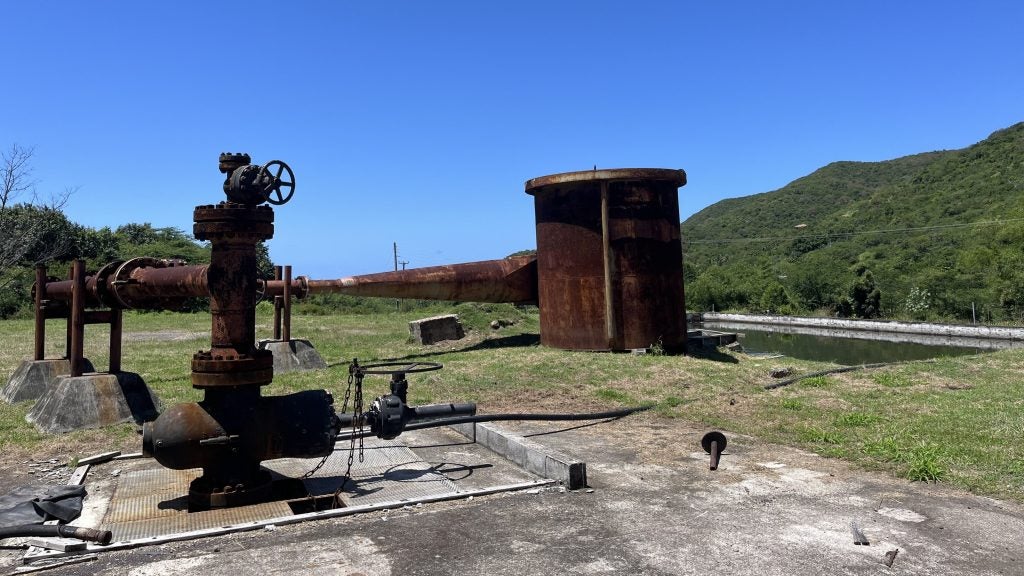
According to Blundy, the volcano abounds with potential, but there are questions around how best to realise it: “How would they adopt geothermal power there? How would they use the resources of the volcano to benefit the island? Would they like to use just geothermal power, or would they like to take some metals out of the geothermal fluids? Or would they like to focus on recovering the metals and have a bit of geothermal on the side?”




